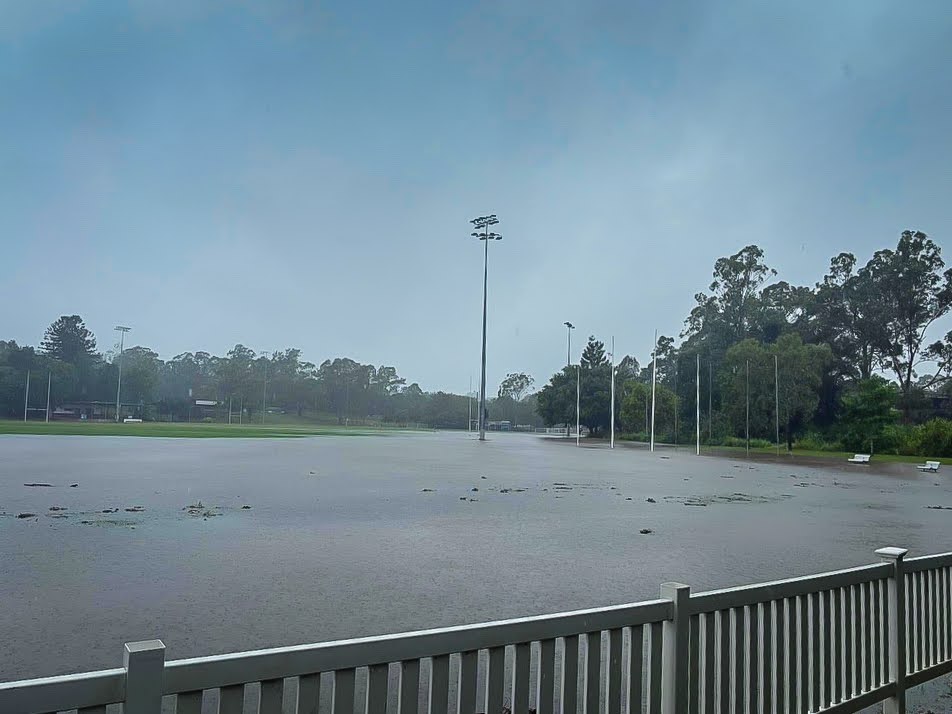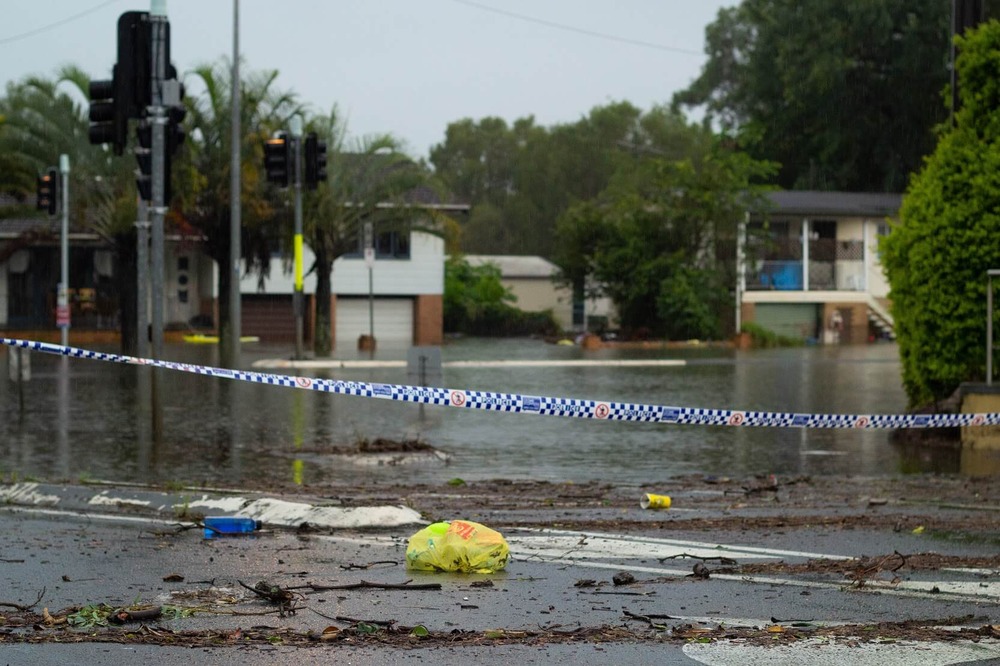Queenslanders urged to understand their bushfire risk
Queenslanders are being urged to understand the Australian Fire Danger Rating System (AFDRS) after 60% of the State’s population could not correctly identify all colours in the new system to their associated fire danger rating.

The alarming research from RACQ, which analysed Queensland’s preparedness for the upcoming storm and bushfire season, found thousands of residents were leaving themselves potentially exposed to the dangers of bushfires.
When asked about the new AFDRS, which was released in September 2022, less than half of the people surveyed knew the meaning of the orange rating (extreme, take action now), and only 52% knew how to respond to the yellow rating (high – be ready to act).
According to the National Council for Fire and Emergency Services, the ratings are calculated using the latest fuel state data, spatial and satellite data, weather data, science and technology.
RACQ Chief Executive Insurance Trent Sayers said with a warm and dry season predicted, the AFDRS is an important tool for Queenslanders to understand their level of bushfire risk.
“Fire danger ratings let you know how dangerous a fire would be in your area if it were to start today, it also gives you valuable information so you can take steps to protect yourself and others,” Mr Sayers said
“The long-range weather forecasts currently show that we are facing our first dry spring and summer in three years, placing Queensland at an increased risk for bushfires.
“The 2019–20 bushfire season saw unprecedented fires sweep across Australia causing a devastating impact on many communities, including those in urban locations.
“While we don’t expect a repeat of this event, which followed years of drought, Queenslanders should not be complacent and should familiarise themselves with the latest warning systems.”
Mr Sayers also urged Queenslanders to prepare their homes for bushfire season by taking simple precautions to reduce the risk.
“Being prepared for bushfires not only makes your home easier to defend but also lowers the danger for your neighbours and surrounding properties,” he said.
“Some of the precautions you can take include clearing up your gutters and yard of debris and cutting back trees and vegetation around your home. This is particularly important as the last few years of La Niña have resulted in high levels of growth.
“Another important step is to check your insurance policy is up to date as well as your level of coverage in the event of a bushfire.”
The RACQ research also revealed that 47% of Queensland homes have an evacuation plan in case of a bushfire near the home but only 23% of homes have an evacuation kit ready.
“Bushfires can spread rapidly, so it is important that your family discuss what you would do and make a written plan before being threatened by fire,” Mr Sayers said.
“Pleasingly, our research showed that Queenslanders are undertaking more preparation for bushfires now than they were in 2020, but there is more we can do.
“Understanding the warning systems, listening to the authorities, and preparing your family and home are simple steps you can take that will make a big difference if a bushfire were to occur near you.”
The four new levels in the AFDRS are:
- Moderate – plan and prepare
- High – be ready to act
- Extreme – take action now to protect your life and property
- Catastrophic – for your survival, leave bushfire risk areas
*Survey findings from RACQ Quarterly Consumer Omnibus, FY24 Q1, n=399.
Related topics
-
The information in this article has been prepared for general information purposes only and is not intended as legal advice or specific advice to any particular person. Any advice contained in the document is general advice, not intended as legal advice or professional advice and does not take into account any person’s particular circumstances. Before acting on anything based on this advice you should consider its appropriateness to you, having regard to your objectives and needs.
Insurance products (excluding Travel Insurance) are issued by RACQ Insurance Limited ABN 50 009 704 152 (RACQ). Conditions, limits and exclusions apply. This is general advice only and may not be right for you. This information does not take your personal objectives, circumstances or needs into account. Read the Product Disclosure Statement (PDS) and any applicable Supplementary PDS before making a purchase decision on this product. You can also access our Target Market Determinations on this website.
Banking and loan products issued by Members Banking Group Limited ABN 83 087 651 054 AFSL/Australian credit licence 241195 trading as RACQ Bank. Terms, conditions, fees, charges and lending policies apply. This is general advice only and may not be right for you. This information does not take your personal objectives, circumstances or needs into account. Read the disclosure documents for your selected product or service, including the Financial Services Guide and the Terms and Conditions, and consider if appropriate for you before deciding.
Except for RACQ Bank, any RACQ entity referred to on this page is not an authorised deposit-taking institution for the purposes of the Banking Act 1959 (Cth). That entity’s obligations do not represent deposits or other liabilities of RACQ Bank. RACQ Bank does not guarantee or otherwise provide assurance in respect of the obligations of that entity, unless noted otherwise.
RACQ Operations Pty Ltd (ABN 80 009 663 414 AR 000234978) and Members Travel Group Pty Ltd (ABN 45 144 538 803 AR 000432492) are acting as an Authorised Representative of the issuer of the insurance, Tokio Marine & Nichido Fire Insurance Co., Ltd. (ABN 80 000 438 291 AFSL 246 548). Any advice set out above is general in nature only, and does not take into account your objectives, financial situation or needs. Before purchasing any travel products, please consider the RACQ Travel Insurance Product Disclosure Statement (PDS) and the Target Market Determinations (TMDs) that apply to these products. Whilst the PDS outlines the Terms and Conditions of these products, the TMDs outline the intended class of customers that comprise the target market for these travel products. This will allow you to consider which products best suit your objectives, financial situation and needs and consider the products appropriateness to your personal circumstances. TMDs also outline matters involving the distribution and the review of these products. The PDS, Supplementary PDS and TMDs for each travel product can be found here.




